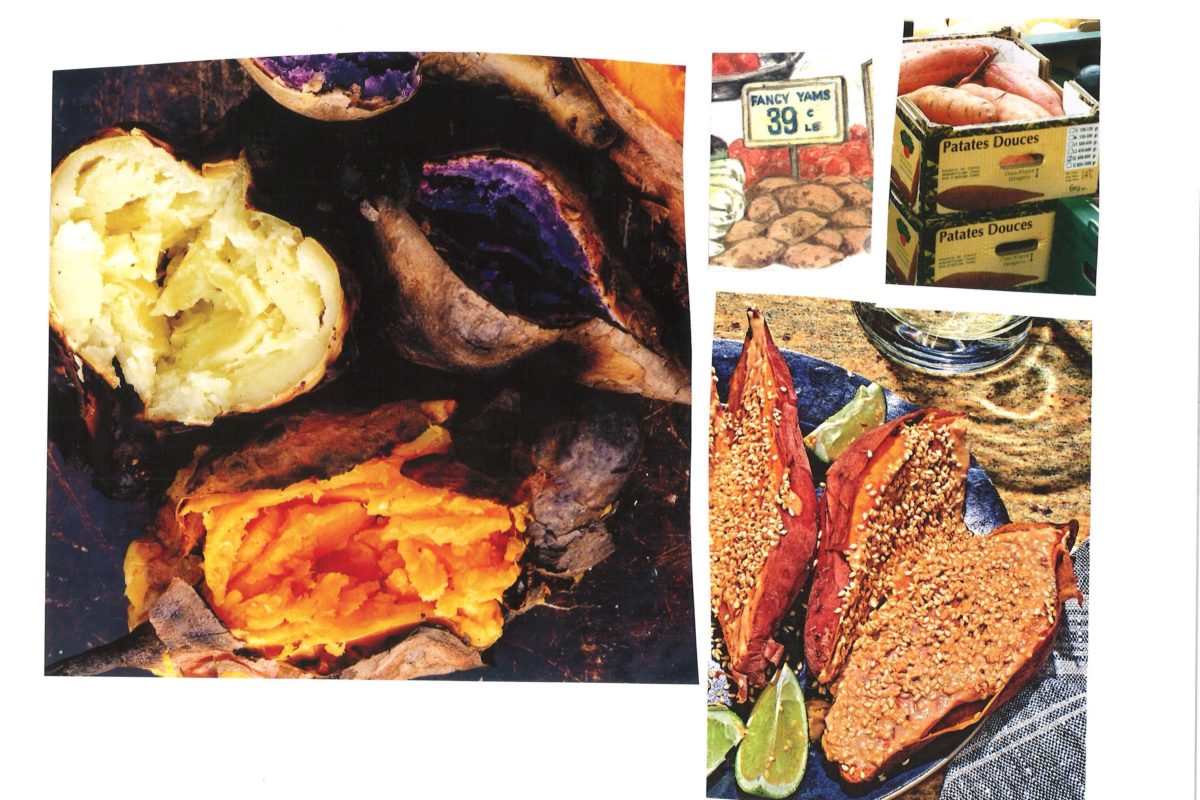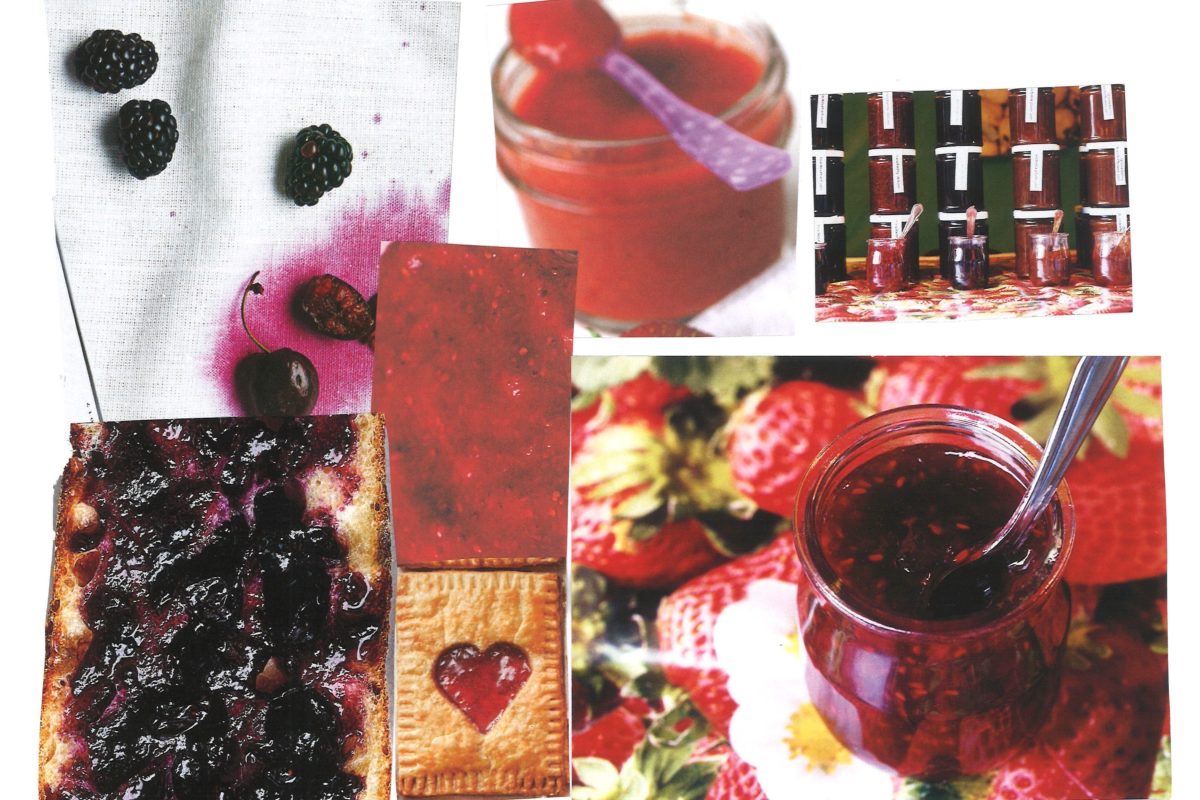What’s the Difference Between Cremini, Button, and Portobello Mushrooms?
Let me guess—you almost clicked out of this email. I obviously know the difference, you said to yourself. They are literally different types of mushrooms.
I am about to rock your world: THEY ARE NOT. THEY ARE LITERALLY THE SAME TYPE OF MUSHROOM.
They are all Agaricus bisporus, in fact, just different ages: button mushrooms, which are white, are the toddlers; cremini mushrooms, which are brown, are the teenagers; and portobellos, which are brown and much larger versions of their younger selves, are the adults. (You know how creminis are sometimes labeled as “baby bellas?” They’re literally baby ‘bellos!)
Some more fun Agaricus bisporus facts:
They account for 90% of the mushroom production in the United States, making it an almost one-billion-dollar industry.
As the mushrooms mature, they lose some of their water content, making portobellos the most flavorful of the bunch (followed by the creminis, then the buttons).
The average American consumes more than 2 pounds of mushrooms each year.
Mushrooms are more closely related in DNA to humans than to plants.
A single portobello mushroom can contain more potassium than a banana.
If you liked this, subscribe to the What’s the Difference newsletter here!






